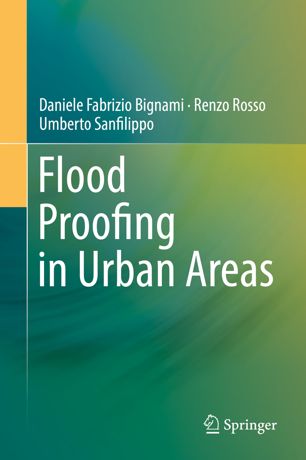

Most ebook files are in PDF format, so you can easily read them using various software such as Foxit Reader or directly on the Google Chrome browser.
Some ebook files are released by publishers in other formats such as .awz, .mobi, .epub, .fb2, etc. You may need to install specific software to read these formats on mobile/PC, such as Calibre.
Please read the tutorial at this link: https://ebookbell.com/faq
We offer FREE conversion to the popular formats you request; however, this may take some time. Therefore, right after payment, please email us, and we will try to provide the service as quickly as possible.
For some exceptional file formats or broken links (if any), please refrain from opening any disputes. Instead, email us first, and we will try to assist within a maximum of 6 hours.
EbookBell Team

0.0
0 reviewsFlood control in urban areas can be feasibly and cost-effectively enhanced by implementing flood proofing approaches to risk reduction in the context of environmental and land-use planning and management. Indeed, flood proofing makes it possible to improve, integrate and in some cases even replace traditional measures for flood control, reducing the vulnerability and increasing the resilience of buildings and infrastructures.
This book begins by reviewing the physics of stability and instability of both human beings and buildings under flood conditions, together with criteria and models (both conventional and innovative) for assessing flood strains. In turn, it presents a range of flood proofing concepts and techniques, together with a complete and updated classification of related methods and devices. This provides a user-friendly tool to help identify appropriate solutions to real-world problems for each specific risk scenario.
In particular, the book focuses on temporary flood proofing techniques, given their ability to deliver effective performance at low costs. Lastly, it features an overview of norms, guidelines and laboratory recommendations that are currently being adopted in various countries with regard to flood proofing devices and testing procedures.
The purpose of this book is essentially to encourage authorities, stakeholders, technicians and end users to successfully develop flood proofing solutions that can reduce flood risk in a pragmatic manner. In addition, the authors hope to inspire researchers, manufacturers and designers (engineers, architects, urban planners and urban managers) to pursue further advances in this key sector of public and private safety in urban areas.